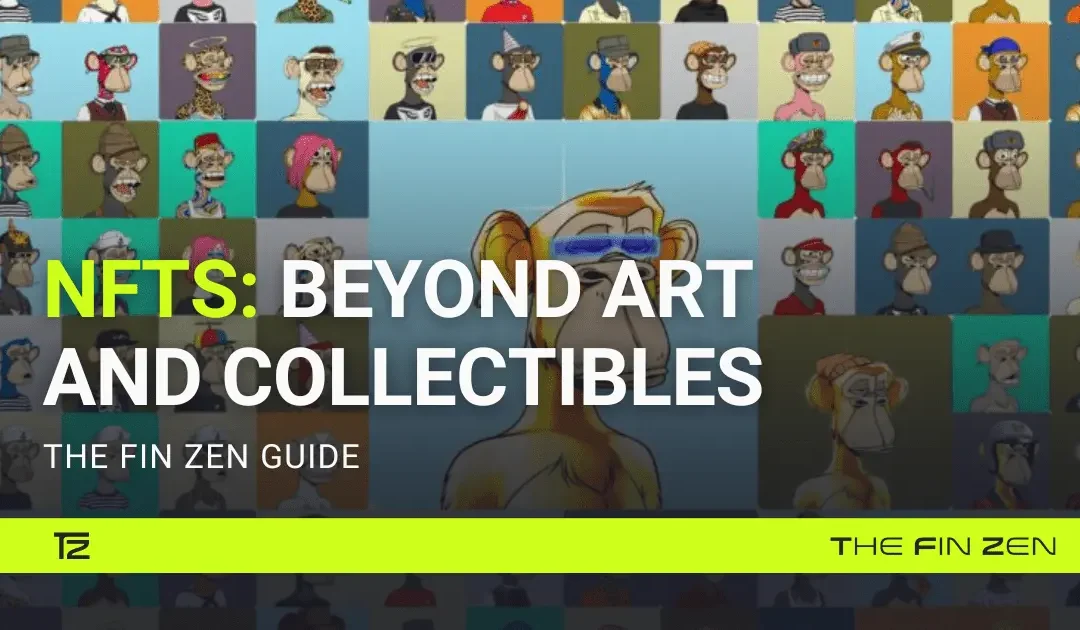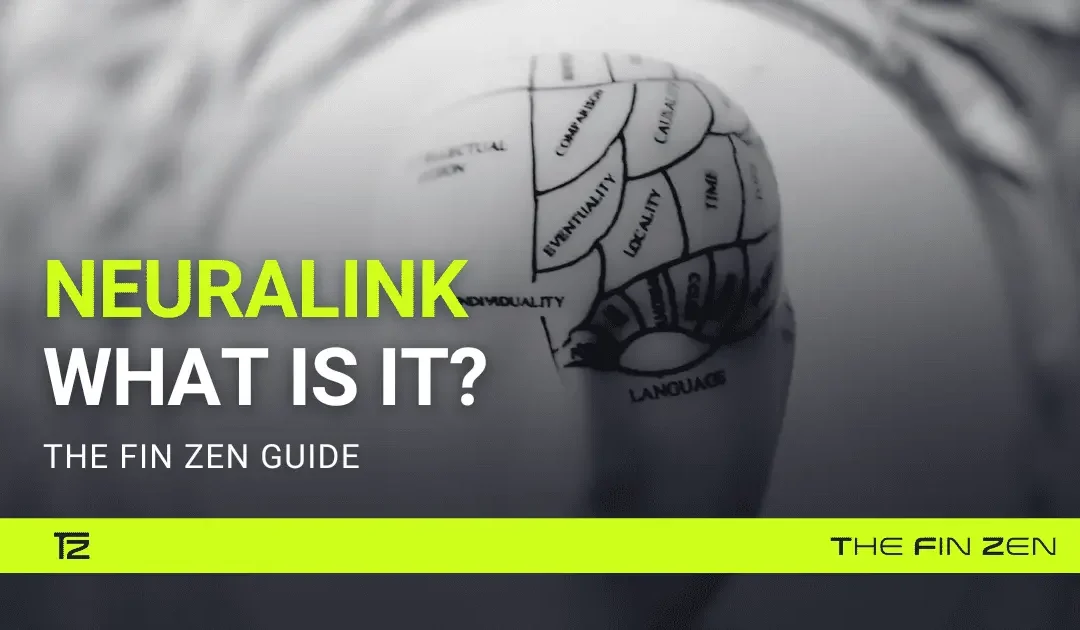As we know, the financial world is full of astronomical big words, smart beta is just one of many. Among the various strategies that are popular in the markets, “smart beta” investment strategies have been making their way among investors in recent years. These fall between passive management and active management strategies, embracing all market operators who want to scratch a few more percentage points from the market, but without having to open and close trades manually.
Tracing the Origins of the Term “Smart Beta”
The term “smart” suggests that there is something intelligent behind it, but, at least for now, artificial intelligence has nothing to do with it. And the term Beta?
In finance, Beta (β) is an indicator that shows the portfolio’s volatility compared to a benchmark. Generally, the reference index for each instrument is the American S&P 500, and the dream of every investor or fund manager is to find the perfect formula to ensure a negative Beta and a positive Alpha, which we will delve into later.
Understanding Alpha and Beta
Investors focusing on negative Beta aim to maintain a lower portfolio’s volatility than the benchmark index. Volatility is an important factor in the markets, so focusing on negative Beta can help reduce it and consequently reduce underlying risks while still capturing the potential of the market. The math formula is:
β = Covariance (Portfolio, Bitcoin) / Variance (Bitcoin)
- If Beta > 1 : Higher volatility than the benchmark
- If Beta = 1 : Same volatility
- If Beta < 1 : Lower volatility
- If Beta < 0 : Inversely correlated
For completeness, let’s now see what alpha represents in the markets.
“Alpha” is another common term you’ll see when researching investments, particularly mutual funds. Unlike beta, which simply measures volatility, alpha measures a portfolio manager’s ability to outperform a market index. Alpha is a measure of the difference between a portfolio’s actual returns and its expected performance, given its level of risk as measured by beta.
Here we list some of the many approaches investors use to generate alpha, or at least hope to do so:
- Stock Picking: Identifying undervalued or overvalued stocks through fundamental analysis to capitalize on mispricings.
- Market Timing: Making strategic decisions about when to enter or exit the market based on predictions of future market movements.
- Sector Rotation: Shifting investments between sectors based on their anticipated performance relative to the overall market.
- Arbitrage: Exploiting price differentials between related securities or markets to earn a risk-free profit.
Well, once you have done this first in-depth analysis, you may be wondering: what does the term smart beta mean? Well, I don’t think you’ll ever find a definitive answer. Perhaps the name is just a marketing gimmick that can attract attention to the product. The name is actually cool. In any case, the aim of this strategy would be to identify the right combination of assets to obtain a beta at least similar to that of a reference index but a higher alpha.
Smart Beta Strategy: Bridging the Gap Between Passive and Active Investment Strategies
We said that the smart beta strategy is located between passive and active strategies. Let’s analyze them briefly to better understand the role of this innovative tool.
What is a Passive Investment Strategy?
Passive portfolio management is suitable for investors who, due to work, passion or lack of interest, do not want to dedicate too much time to analyzing the markets and managing the portfolio. Therefore, the passive management strategy consists in purchasing an instrument that replicates a reference index, which generally embraces the entire market, without making changes resulting from one’s own analysis or influences on the allocation.
What is Active Investment Strategy?
Active management, on the other hand, is suitable for aggressive investors who are active in the market and who manage to dedicate a lot of time to analyzing the financial markets. The aim of this type of investor is to beat the market, trying to identify assets at a discount, or which could guarantee a performance that allows him to generate that alpha described above. This investment strategy requires continuous intervention on the part of the investor, who will create an asset allocation based on his own criteria, being able to concentrate his allocation on a few companies that reflect them. The moment a new company meets the criteria, the investor will have to get his hands dirty and include the company in the portfolio. Likewise, when the company ceases to meet the requirements, the investor will have to take action and sell the company stocks. The problem here does not consist in the action of selling or buying, but:
- in constantly monitoring the market to promptly realize that the asset reflects or stops reflecting the criteria;
- in dealing with the emotionality of making a choice;
- in paying commissions.
Smart Beta: A Middle Ground Between Passive and Active Investing
The Smart Beta investment strategy, on the other hand, is placed between the two and embraces that type of investor who does not have too much time available to dedicate to the market, but still wants to personalize their investment experience to beat the market. Smart beta defines a set of investment strategies that emphasize the use of alternative index construction rules to traditional market capitalization-based indices.
Smart beta strategies are therefore based on the composition of a reference index, but offer exposure to only some segments of it. Choosing the factor allows the investor to insert an active component into their asset allocation, but at the same time not having to act manually to adapt it to market changes. Some strategies are more conservative, while others are more growth-oriented: every investor should decide their own strategy based on their needs and financial situation, considering various factors like time available, financial goals, timeframe, budget, and more.
Key Factors Included in Smart Beta Strategies
Let’s look at some of the factors preferred by investors.
Momentum
It’s one of the most popular smart beta models, and it’s based on the fact that stocks that have performed well recently would likely continue to follow their trends. It is basically the approach used by swing traders but executed more professionally based on predefined parameters and systematic investing. Momentum investing is a strategy that is mostly based on technical analysis, putting fundamental analysis aside, chasing the hype of the moment.
Value
In this strategy, investors rely on fundamental indicators to evaluate the underlying value of assets. Based on predefined parameters (e.g., a certain P/E ratio), through advanced calculations and often algorithms, investors can identify assets that have strong fundamental value but are oversold and undervalued. Shortly, this strategy is based on investing in undervalued assets that have strong fundamentals and are likely to outperform the benchmark over a determined period.
Volatility
If you’re looking for a lower-than-1 beta (lower volatility compared to the benchmarks) that reduces underlying risks, this strategy could be the right choice for you. This smart beta strategy focuses on selecting the assets that experienced lower volatility over a determined period. Often the least volatile assets are the shares of well-established companies, with solid fundamentals but with few growth opportunities. That’s not all because, with this strategy, investors can also try to decide and specify the maximum volatility they’re willing to accept.
Dividends
In the stock market, this strategy focuses on cherry-picking the stocks that give the higher dividends to investors. It means that you’re not focusing on the potential notable growth of the assets. Instead, you’re focusing on the dividends that the company offers. It’s a more stable approach since the asset should have lower volatility and more stability over a long time. At the same time, you’d leverage the returns that it offers, capitalizing on them.
Multi-Factor
Instead of using just one of the previous strategies, you can also implement more of them with a multi-factor strategy. As you might understand, this type of strategy is the most complex since it involves various Smart Beta models. For example, you can implement both momentum and value. Another example could be implementing low volatility and momentum. But be careful, sometimes it may not make sense! For example, if value factor assets have performed well in previous months, it is likely that they will also be included in the momentum factor! Exposing yourself to both factors would not diversify risk but would produce the opposite effect.
Or, growth companies have been performing better than value companies in recent months, so they could be included in a smart beta momentum strategy. If you decided to expose yourself to momentum and value, you would risk buying the entire market by replicating the reference index, but incurring higher costs than those you would incur by purchasing a simple passively managed ETF on the index.
Conclusion: Pros and Cons of Smart Beta Strategies
To conclude, let’s briefly analyze the pros and cons of these tools:
The pros
• They offer advanced investing strategies based on value, growth, momentum, dividends, volatility, or more.
• They have lower costs than active strategies.
• They can outperform the market’s benchmarks while reducing volatility and risks.
The cons
• Smart beta strategies are complex to understand.
• They are more expensive than pure passive index products.
Well, now you have a sufficient understanding of whether the Smart Beta investment strategy is right for you. In summary, smart beta strategies are institutional-grade investing models that aim to get higher returns than the market’s benchmarks while controlling volatility and risks. The purpose of this article is to introduce the reader to the Smart Beta strategy, in order to understand its existence first and foremost and its general characteristics. Now, as usual, it is up to the individual to do their own in-depth research in order to make informed decisions. At The Fin Zen, we will continue to introduce you to the world of financial markets in the simplest and lightest way possible. It is essential to remember the rule that great returns always correspond to great risks, and that the first rule of investing is never lose money.












